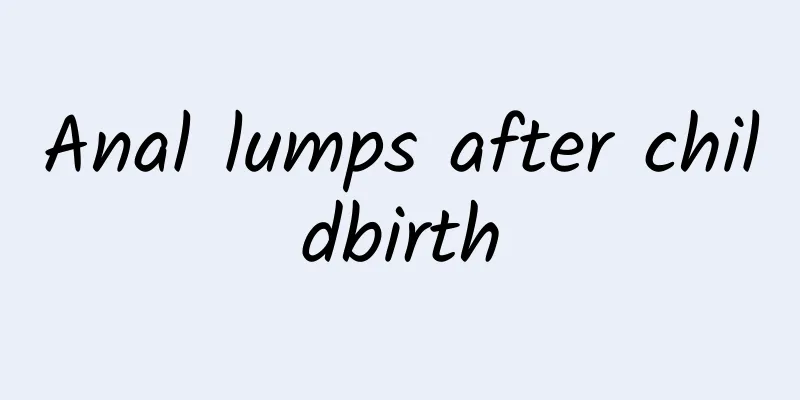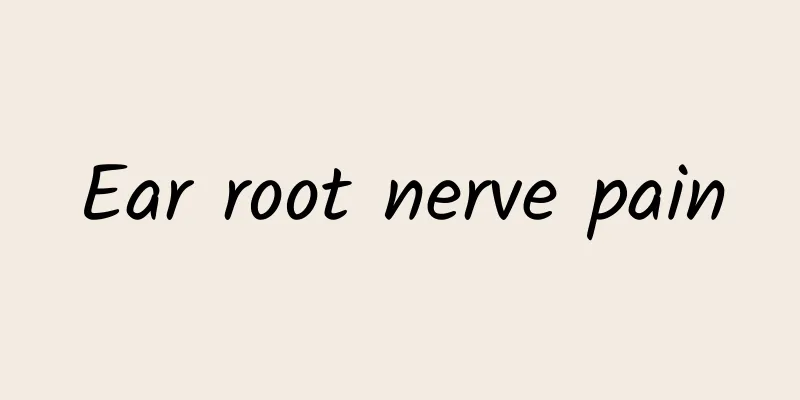Lumbar disc herniation

|
Lumbar disc herniation has become a very common disease, especially among middle-aged people. Many people in rural areas have this disease, which has a lot to do with their hard work in daily life. The damage to the lumbar disc caused by long-term external force will cause lumbar disc herniation. This disease will have a great impact on our daily life. The pain is the most obvious phenomenon and it must be treated in time. Everyone should be familiar with lumbar disc herniation. There should be many such patients around us, especially those who sit for a long time and those who do heavy labor for a long time. They are prone to lumbar disc herniation. We must be able to prevent and treat such diseases in time. Causes 1. Basic Causes 1. Degenerative changes of the lumbar intervertebral disc are the basic factors The degeneration of the nucleus pulposus is mainly manifested by a decrease in water content, and may cause small-scale pathological changes such as vertebral instability and loosening due to water loss; the degeneration of the annulus fibrosus is mainly manifested by a decrease in toughness. 2. Injury Long-term and repeated external forces cause minor damage and aggravate the degree of degeneration. 3. Weaknesses of the disc’s own anatomy After adulthood, the intervertebral discs gradually lack blood circulation and have poor repair ability. On the basis of the above factors, some inducing factors that may cause a sudden increase in the pressure on the intervertebral disc may cause the less elastic nucleus pulposus to pass through the annulus fibrosus that has become less tough, causing nucleus pulposus herniation. 4. Genetic factors There are reports of familial incidence of lumbar disc herniation, and the incidence of this disease is low in people of color. 5. Congenital abnormalities of lumbar sacrum Including lumbar sacralization, sacral lumbarization, hemivertebra deformity, facet joint deformity and articular process asymmetry. The above factors can change the stress on the lower lumbar spine, resulting in increased intra-disc pressure and susceptibility to degeneration and injury. (II) Predisposing factors On the basis of intervertebral disc degeneration, certain factors that can induce a sudden increase in intervertebral space pressure can cause nucleus pulposus herniation. Common triggering factors include increased abdominal pressure, incorrect waist posture, sudden weight bearing, pregnancy, cold and moisture. Clinical manifestations 1. Clinical symptoms 1. Low back pain It is the first symptom that occurs in most patients, with an incidence of about 91%. Because the outer layer of the annulus fibrosus and the posterior longitudinal ligament are stimulated by the nucleus pulposus, induced pain in the lower back is produced through the vertebral nerve, sometimes accompanied by buttocks pain. 2. Radiating pain in the lower limbs Although high-level lumbar disc herniation (L2-3, L3-4) can cause femoral neuralgia, it is rare in clinical practice, accounting for less than 5%. The vast majority of patients have herniation between L4 and 5, or L5 and S1, and present with sciatica. Typical sciatica is pain that radiates from the lower back to the buttocks, back of the thigh, outer side of the calf to the foot. The pain is aggravated by increased abdominal pressure due to sneezing and coughing. The radiating pain is mostly on one side of the limbs, and only a very small number of patients with central or paracentral nucleus pulposus herniation show symptoms in both lower limbs. There are three causes of sciatica: ① The ruptured intervertebral disc produces chemical stimulation and autoimmune reactions, causing chemical inflammation of the nerve roots; ② The protruding nucleus pulposus compresses or stretches the inflamed nerve roots, blocking their venous return, further aggravating edema and increasing sensitivity to pain; ③ The compressed nerve roots are ischemic. The above three factors are interrelated and aggravate each other. 3. Cauda equina symptoms The nucleus pulposus protruding to the rear or the prolapsed and free intervertebral disc tissue compresses the cauda equina, which mainly manifests as difficulty in defecation and urination, and abnormal sensation in the perineum and perianal area. In severe cases, symptoms such as incontinence and incomplete paralysis of both lower limbs may occur, which are rare in clinical practice. (II) Signs of lumbar disc herniation 1. General signs (1) Lumbar scoliosis is a postural compensatory deformity that relieves pain. Depending on the location of the nucleus pulposus protrusion and the relationship between the nerve roots, the spine may bend toward the healthy side or the affected side. If the protrusion of the nucleus pulposus is located on the inner side of the spinal nerve root, the lumbar vertebra will bend toward the affected side because bending the spine toward the affected side can reduce the tension of the spinal nerve root. Conversely, if the protrusion is located on the outer side of the spinal nerve root, the lumbar vertebra will mostly bend toward the healthy side. (2) Limited lumbar movement Most patients have limited lumbar movement to varying degrees, which is particularly obvious in the acute phase. Among them, the most obvious is the limitation in flexion, because the flexion position can further promote the posterior displacement of the nucleus pulposus and increase the traction on the compressed nerve roots. (3) Tenderness, percussion pain, and sacrospinal muscle spasm The location of tenderness and percussion pain is basically consistent with the intervertebral space of the lesion, and 80% to 90% of cases are positive. The percussion pain is most obvious at the spinous process, which is caused by the vibration of the diseased area caused by percussion. The tenderness point is mainly located 1 cm beside the vertebrae, and radiating pain may occur along the sciatic nerve. About 1/3 of patients have lumbar sacrospinal muscle spasm. 2. Special signs (1) Straight-leg raising test and strengthening test The patient lies on his back with his knee extended and the affected limb passively raised. The normal nerve root has a sliding range of 4mm, and discomfort in the popliteal fossa is felt only when the lower limb is raised to 60° to 70°. In patients with lumbar disc herniation, the nerve roots are compressed or adhered, causing the sliding degree to be reduced or eliminated. Sciatica will occur if the nerve roots are raised within 60°, which is called a positive straight leg raising test. In positive patients, the height of the affected limb is slowly lowered until the radiating pain disappears. Then the affected ankle joint is passively flexed to induce radiating pain again, which is called a positive enhancement test. Sometimes, because the nucleus pulposus is large, raising the healthy lower limb can also pull the dura mater and induce radiating pain in the sciatic nerve on the affected side. (2) Femoral nerve traction test: The patient lies prone with the knee joint of the affected limb fully extended. The examiner raises the straightened lower limb so that the hip joint is in a hyperextended position. When hyperextension to a certain extent causes pain in the femoral nerve distribution area in the front of the thigh, it is positive. This test is mainly used to examine patients with L2-3 and L3-4 intervertebral disc herniation. of Suffering from lumbar disc herniation will cause symptoms of lower back pain. The pain is very obvious and the patient cannot bend over, which will have a great impact on their daily life. Some patients will also suffer a great psychological blow. We must be able to do some good prevention. If you suffer from lumbar disc herniation, you must actively seek treatment to avoid leaving some sequelae. |
<<: Symptoms of vesicular athlete's foot
>>: 8 acupoint massage techniques to get rid of minor body ailments
Recommend
How long does it take to see brown discharge?
The delivery period of a pregnant woman is a time...
Reasons for gender errors in B-ultrasound
We know that the gender of the fetus can be check...
General dosage of Belamcanda chinensis
The effects and functions of Belamcanda chinensis...
What is urinary tract infection? Is there any pathological classification of urinary tract infection?
Urinary tract infection, also known as urinary tr...
Does cervical mucus mean that I am about to give birth?
A woman's cervix will undergo significant cha...
Is breast tenderness normal after medical abortion?
Breast pain after medical abortion is mainly beca...
5 months pregnant tailbone pain
A woman's body will undergo great changes aft...
What is typhoid fever and what are its symptoms?
In our daily life, we must always pay attention t...
What are the Chinese patent medicines for nourishing the kidney and liver?
The kidneys are related to the health of the body...
Maternal hemorrhoid prolapse
We all know that pregnant women are most likely t...
What to do if you have esophageal pain? Beware of inflammation!
The most common cause of esophageal pain is esoph...
Teeth growing inside gums
Normal people's teeth only grow in the upper ...
Causes of vision loss
What is the cause of decreased vision? Many peopl...
Five liver function tests
When doing a physical examination, it must be don...
How to take care of a newborn baby
The body of a newborn baby is not fully developed...









